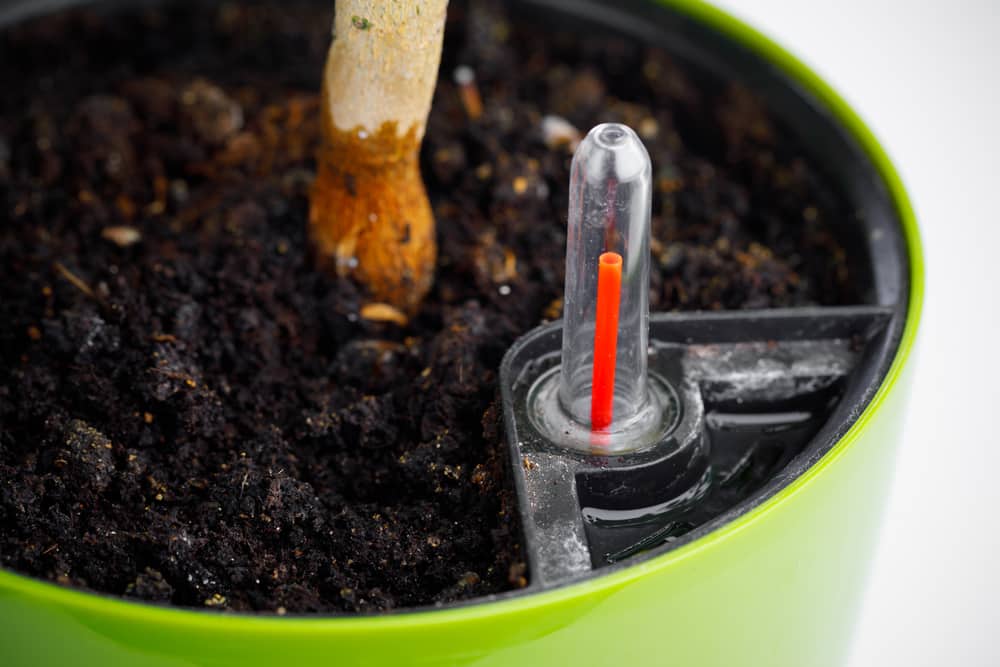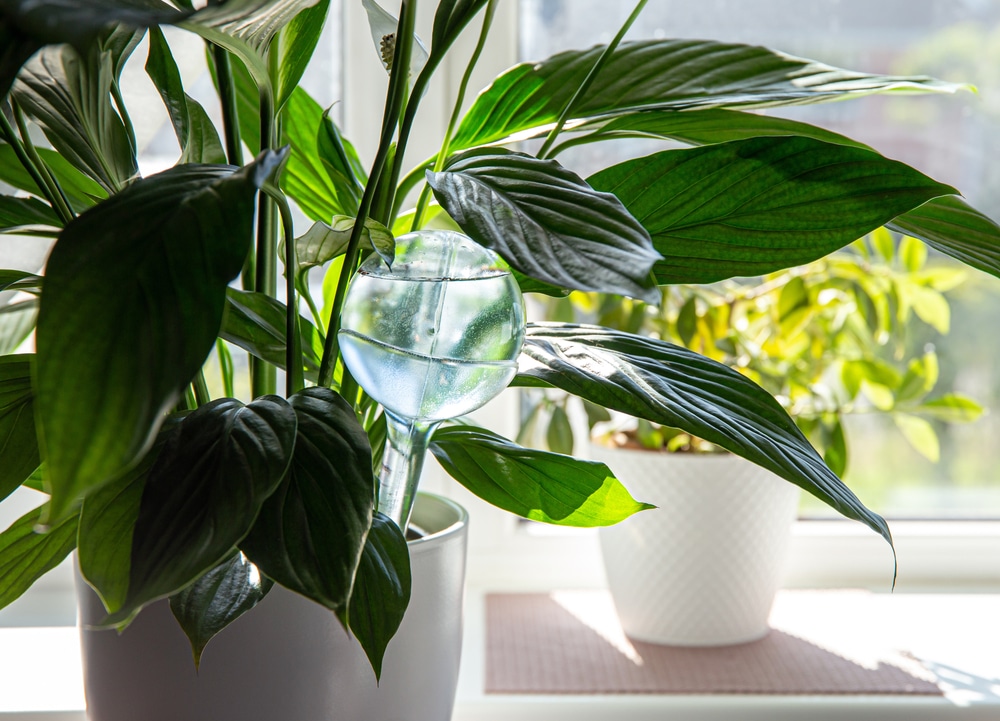Self-watering pots are one of the wonders of modern gardening. Watering is often the biggest chore that holds back gardeners because of how time-consuming and labor intensive it is. Many turn to self-watering pots as a solution.
Unfortunately, many people don’t know that self-watering pots have many problems. Some of the issues can be pretty serious. Keep reading to find out about the common problems with self-watering pots.
What Is a Self-Watering Pot?

A self-watering pot is a container that has a water tank built in. The pool connects to the planting area with an overflow hole. The plant roots grow into the reservoir, where they can access water as needed.
There are many different designs of self-watering pots. Some have a system that draws water up to the planting area, and others have a pump that circulates water from the tank to the plant roots.
Self-watering pots come in all different sizes, from small pots for indoor plants to large outdoor planters. They are made from various materials, including plastic, ceramic, and metal.
Common Issues With Self-Watering Pots
Now that you know what a self-watering pot is, these are some of the common challenges associated with them.
They Are Not Suitable for Every Type of Plant
In general, self-watering pots work best for plants that require moderate to high amounts of water. Plants that need very little water, like cacti and succulents, do not do well in self-watering pots. These plants are better off in traditional pots without a reservoir.
Self-watering pots do not work for plants that need very little water because the roots can sit in wet conditions for too long, leading to root rot, which can kill the plant.
Self-Watering Pots Attract Mosquitos
Another issue with self-watering pots is that they are a mosquito’s haven. The standing water in the reservoir is the perfect place for mosquito eggs to hatch.
Not only are mosquitoes annoying, but they can also transmit diseases such as Zika and West Nile. These diseases can be severe, so it’s essential to prevent mosquitoes from breeding in self-watering pots.
You can do a few things to prevent mosquito breeding in self-watering pots. First, ensure the reservoir is covered so mosquitoes can’t get in. Second, empty the pool and clean it out regularly.
Fungus and Algae Thrive in Self-watering Pots
Fungus and Algae can also be a challenge in pots that self-water. The warm, moist conditions in the reservoir are ideal for these organisms to grow.
Algae and fungus can quickly take over the reservoir, making it difficult for the plant roots to access water. In extreme cases, algae and fungus can completely block the overflow hole, causing the pot to overflow and potentially damage your floor or furniture.
Regularly cleaning the reservoir can prevent algae and fungus growth in self-watering pots. Cleaning is essential if you live in a warm climate.
They Don’t Work Well Outdoors
A final issue with self-watering pots is that they don’t work well outdoors. The conditions outdoors are much harsher than indoors, and self-watering pots cannot withstand the elements.
Outdoor self-watering pots can crack in freezing temperatures, and the sun can damage the plastic tanks. These pots also don’t do well in windy conditions. The wind can blow the pot over, and if it hits something, the pot can break.
For these reasons, it’s best to use self-watering pots indoors or in a protected outdoor area like a covered porch.
Wrap Up
Self-watering pots are a smart way to water plants while you’re away on vacation. However, they are not without their problems.
Before you buy a self-watering pot, be sure to do your research and understand the potential problems. With proper care, you can avoid these problems such as root rot and enjoy healthy plants.
